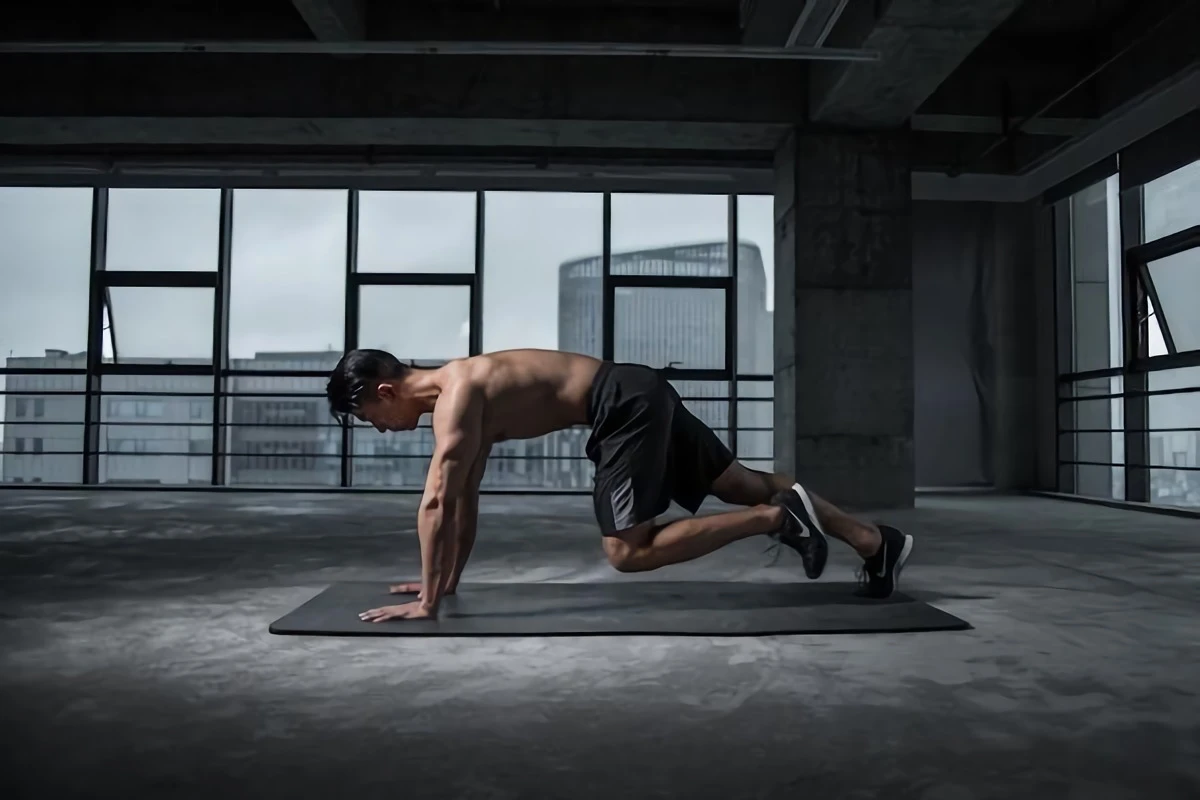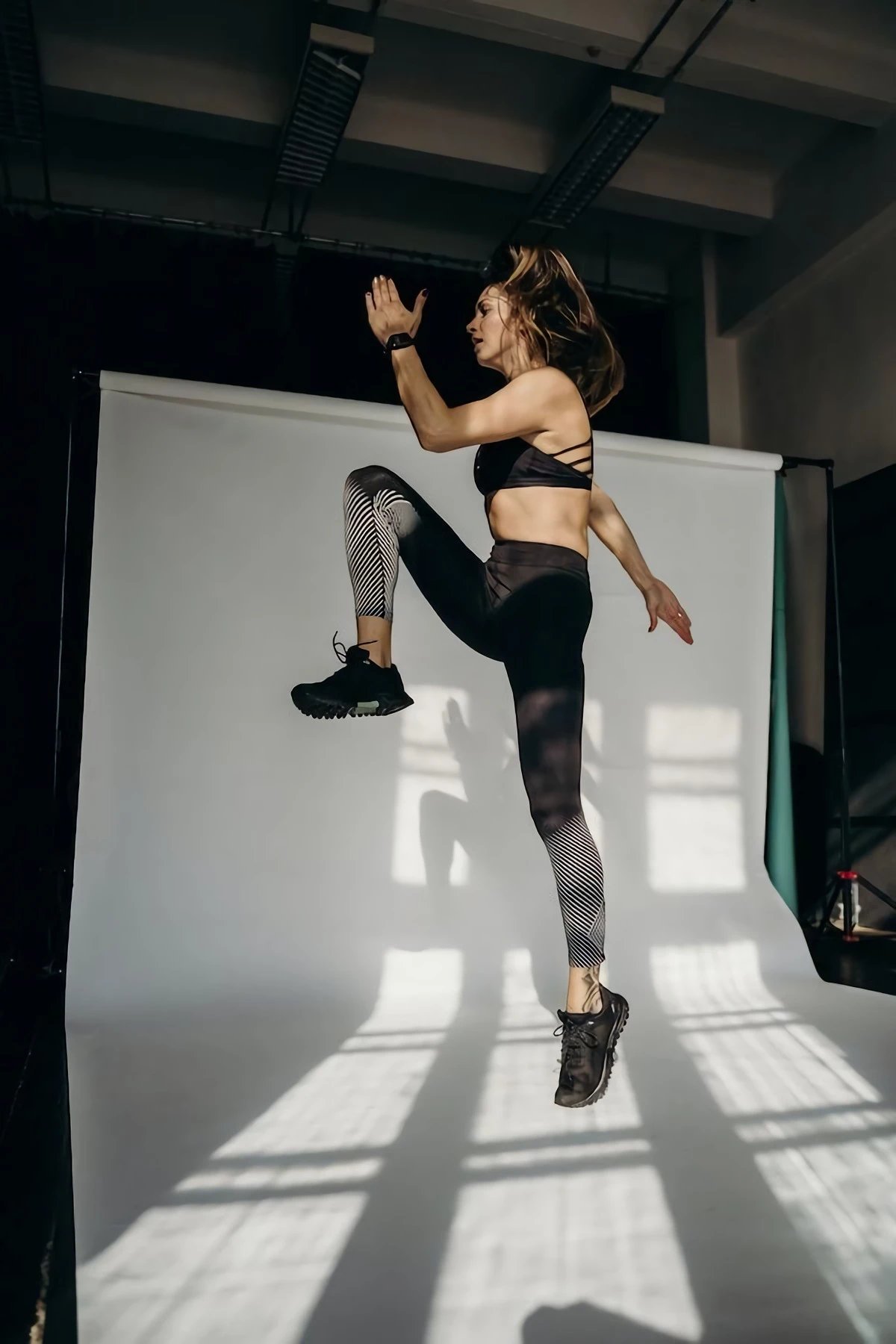Are Your Workouts Actually Working? How to Tell if You’re Making Real Progress
I’ve been a strength coach for a long, long time, and there’s one question I hear more than any other, especially from folks who are new to the gym. They’ll finish a tough session, dripping with sweat, and ask me with this look of pure hope and exhaustion, “Was that a good workout?”
In this article
So many people think the answer is tied to how much they sweat, how wrecked they feel, or how sore they are the next day. But let’s be real: those are probably the least reliable signs of a quality training session. Honestly, they don’t mean much at all.
Early in my career, I had a client who was absolutely convinced that if he didn’t feel like crawling out of the gym, he wasn’t making progress. He chased that deep muscle soreness like it was a badge of honor. But after a few weeks, he wasn’t getting any stronger. He was just constantly tired, cranky, and his motivation was hitting rock bottom. We had a serious chat about the difference between being productive and just beating yourself up. My job isn’t to destroy you; it’s to build you up, one smart session at a time.

Think about it. Sweat is just your body’s air conditioning—it’s influenced by the room temperature, what you’re wearing, and even your genetics. That extreme soreness (the pros call it Delayed Onset Muscle Soreness, or DOMS) just means you did something new or intense, and it fades as your body gets used to it. And feeling totally wiped out? That’s often a sign of overtraining, not effective training. A truly great workout should leave you feeling energized and capable, not like you need to hibernate for two days. So, let’s dive into how you can really tell if your hard work is paying off.
A Quick Peek Under the Hood: How Your Body Works
To get this, you need a basic idea of what’s happening inside your body. It’s not magic, it’s just biology. My professional certifications spent months drilling these principles into us because they’re the foundation of any program that actually works.

Your body has three main ways it creates energy, and a good plan uses all of them at different times.
- The Flash System: This is for super short, explosive bursts of power, like a single heavy deadlift or a 10-second all-out sprint. It’s instant energy that doesn’t need oxygen. It also runs out in about 10-15 seconds, which is why you can’t lift your absolute heaviest weight over and over.
- The Burn System: This system takes over for efforts that last from 30 seconds to about two minutes. Think of a challenging set of 10-12 squats or a fast 400-meter run. It uses carbs for fuel and creates that “burn” feeling in your muscles. A lot of classic bodybuilding-style workouts live right in this zone.
- The Cruise Control System: This is your long-haul energy source. It uses oxygen to power you through anything from a light jog to a long walk. It’s not as powerful, but it’s got an almost endless tank of fuel. This is what you’re training with steady-state cardio.
So what does this mean for your week? A smart plan balances these. You’re not just doing the same thing every day. A week might look something like this:

- Monday: Strength Day. Focus on heavy, low-rep sets for your main lifts (Flash System).
- Wednesday: Hypertrophy Day. Higher reps, that muscle-building “burn” (Burn System).
- Friday: Conditioning/Cardio. A longer, sustained effort to build endurance (Cruise Control System).
Immediate Signs of a Great Session
While long-term results are the real prize, there are clues right after a workout that tell you you’re on the right track—and they’re way more meaningful than a sweaty t-shirt.
You Feel Energized, Not Wrecked
One of the biggest fitness myths is that a workout should leave you on the floor. A well-designed session should actually boost your energy. You get blood flowing, deliver oxygen to your brain, and release feel-good hormones. You should walk out feeling sharp and ready for the rest of your day. If you constantly feel like you need a three-hour nap after training, you might be pushing too hard or your nervous system is getting fried.

Oh, and by the way, an effective workout doesn’t have to be a marathon. If you’re focused and not just scrolling on your phone between sets, you can get a killer session done in 45-60 minutes. It’s about quality, not duration.
You Hit a Targeted Level of Difficulty
A workout needs to be challenging, but “challenging” isn’t a vague feeling. The pros use tools to measure it, and you can too. The two best are Rate of Perceived Exertion (RPE) and Reps in Reserve (RIR).
It’s simpler than it sounds. RPE is just a scale of 1 to 10 of how hard a set felt. RIR is how many more good-form reps you think you could have done.
Here’s a quick breakdown:
- RPE 10 / RIR 0: Absolute max effort. You couldn’t have done a single more rep. Save this for special occasions.
- RPE 8-9 / RIR 1-2: This is the sweet spot for most of your work. It was really tough, and you only had 1 or 2 perfect reps left in the tank. This is where growth happens.
- RPE 7 / RIR 3-4: It felt hard, but you definitely had a few more reps left. Great for warm-up sets or on days you’re feeling a bit lower on energy.
Instead of guessing if it was a good set, start asking yourself, “How many more could I have done?” If you’re consistently ending your main sets with 1-2 reps in reserve, you nailed it.

Your Appetite Is Normal, Not Ravenous
Feeling hungry an hour or two after training is a fantastic sign. It means you used up your energy stores, and now your body is asking for the materials to rebuild. This is the prime time for a good meal. I usually tell my clients to aim for 20-40 grams of protein and some quality carbs within a couple of hours. Think a chicken breast with rice, or a simple protein shake with a banana.
Heads up though: if you feel uncontrollably, frantically hungry, you might have under-fueled before your workout or pushed yourself way too hard. The goal is a healthy appetite, not a hangry emergency.
The Long-Term Proof Is in the Logbook
A single workout is just one brick. The real proof shows up over weeks and months. This is why I tell every single person I work with: you HAVE to write your workouts down. Your memory is terrible. A logbook never lies.

You can use a simple notebook (less than $5 at any store) or a great app on your phone (apps like Hevy or Strong are popular, many have free versions or cost around $50/year for pro features). What you track is simple.
Here’s an example of a logbook entry:
Exercise: Barbell Squats
– Set 1: 135 lbs x 8 reps (RPE 7)
– Set 2: 135 lbs x 8 reps (RPE 8)
– Set 3: 135 lbs x 8 reps (RPE 9 – tough last rep!)
This is the undeniable proof. You can look back and see the slow, steady increases. For example:
- Week 1: Squat – 100 lbs for 3 sets of 8
- Week 6: Squat – 110 lbs for 3 sets of 8
THAT is real progress. It can also be more reps (doing 100 lbs for 10 reps instead of 8) or more sets. This principle, called progressive overload, is the absolute bedrock of getting stronger.

Your recovery will also get better. At first, you might be sore for days. But after a few months, you might just feel a little tight for a day, or not at all. That doesn’t mean it’s not working! It means your body is becoming a more efficient recovery machine. That’s a huge win.
When You Hit a Wall (And You Will)
If you feel like you’re stuck and not seeing any progress, it’s time to play detective. Here’s the checklist I go through with my clients:
- Check the Logbook. Are you actually stuck, or does it just feel that way? The numbers will tell you the truth.
- Assess Your Sleep. Are you getting 7-9 hours? If not, this is almost always the culprit. Poor sleep kills progress.
- Review Your Food. Are you eating enough protein and calories to support your training? A common mistake is cranking up workout intensity without also adding more fuel to the fire.
- Look at Your Program. Have you been doing the exact same routine for six months? It might be time for a change. On the flip side, are you “program hopping” every week? Consistency is king.
- Take a Deload Week. Sometimes the best way forward is to take a planned step back. A deload is a week of lighter training to let your body fully recover. Quick tip: a simple way to do this is to keep your exercises the same but cut your working weights by 40-50% and reduce the number of sets you do. This allows your body to super-compensate and come back stronger.

A Quick Word on Safety
Please, ignore the whole “no pain, no gain” nonsense. It’s a recipe for injury. Muscle fatigue and burning is one thing; sharp, stabbing, or radiating pain in a joint is another. That’s your body’s emergency brake. Listen to it.
You should stop your workout immediately if you feel sharp pain, dizziness, nausea, or sudden lightheadedness. Finishing a set is never more important than your long-term health. There’s no shame in calling it a day if your body is sending up red flags.
So here’s a little challenge for you. On your next workout, forget about how much you sweat. Pick one main exercise and, after your last hard set, honestly rate the RPE. Write it down in your phone’s notes or on a piece of paper. That’s your first step toward smarter training.
Focus on these real signs of progress, and you’ll be building a foundation of strength and health that will serve you for a lifetime.

Inspirational Gallery with Photos
- You can complete all your reps with perfect form.
- The weight you used to struggle with now feels manageable.
- You have the energy to add one more set or exercise.
The secret? These are all signs of progressive overload in action. It’s not about destroying your muscles every session, but about consistently challenging them just enough to adapt and grow stronger. This is what real progress feels like.
A study in the Journal of Strength and Conditioning Research found that just one night of poor sleep can reduce muscle protein synthesis—the process of rebuilding and growing muscle—by as much as 18%.
This highlights why what you do outside the gym is as crucial as what you do inside. Chasing progress without prioritizing 7-9 hours of quality sleep is like trying to build a house without cement. Your body does its best repair work while you rest.
Is my heart rate the best indicator of a good workout?
Not always, but it’s a great piece of the puzzle! Rather than just aiming for a high heart rate, focus on your heart rate recovery—how quickly it drops back down after a high-intensity interval. For example, check your rate immediately after a set of burpees, and then again one minute later. A faster drop over time, tracked with a monitor from brands like Polar or Garmin, is a superb indicator of improving cardiovascular fitness.
The Scale: A fickle friend, it measures everything—water, fat, muscle, last night’s dinner. Its daily fluctuations can be misleading and demoralizing.
The Tape Measure: A more honest companion. Tracking waist, hip, and thigh measurements can reveal body recomposition (losing fat while gaining muscle) that the scale might miss entirely.
For a true picture, use both, but trust the tape measure’s story more.
Don’t underestimate the power of a workout log. The best ones go beyond just reps and weight. To get a full picture of your progress, make a habit of rating your Rate of Perceived Exertion (RPE) on a scale of 1-10 for your main lifts. Apps like ‘Strong’ or ‘Jefit’ make this easy, but a simple notebook works wonders. Seeing a lift at the same weight go from an RPE of 9 to a 7 over a few weeks is concrete proof you’re getting stronger.
Progress isn’t always linear. It’s not a constant upward climb but a series of peaks, valleys, and plateaus.
That feeling of being ‘in the zone’ where the movements feel fluid and your mind is clear isn’t just a fluke. This ‘flow state’ is a powerful indicator of neurological progress. It means your brain-to-muscle connection (the neuromuscular system) has become so efficient that you no longer have to consciously think about every part of the movement. You’ve achieved motor pattern mastery—a huge, often overlooked, win.
Don’t get stuck on one metric: Progress is a mosaic of different factors. Beyond lifting heavier or running faster, look for these non-scale victories (NSVs):
- Sleeping more deeply through the night.
- Feeling less out of breath climbing stairs.
- Having more stable energy levels throughout the day.
- Noticing your mood is generally brighter and more resilient.
A key to sustainable progress: Heart Rate Variability (HRV). This metric, tracked by devices like WHOOP and Oura Ring, measures the variation in time between your heartbeats. A higher HRV generally signals that your body is well-rested and ready for a tough workout. A low HRV is your body’s way of saying, “Hey, I need a break.” Training according to your HRV score is a data-driven way to avoid overtraining and ensure your body is primed to adapt.










